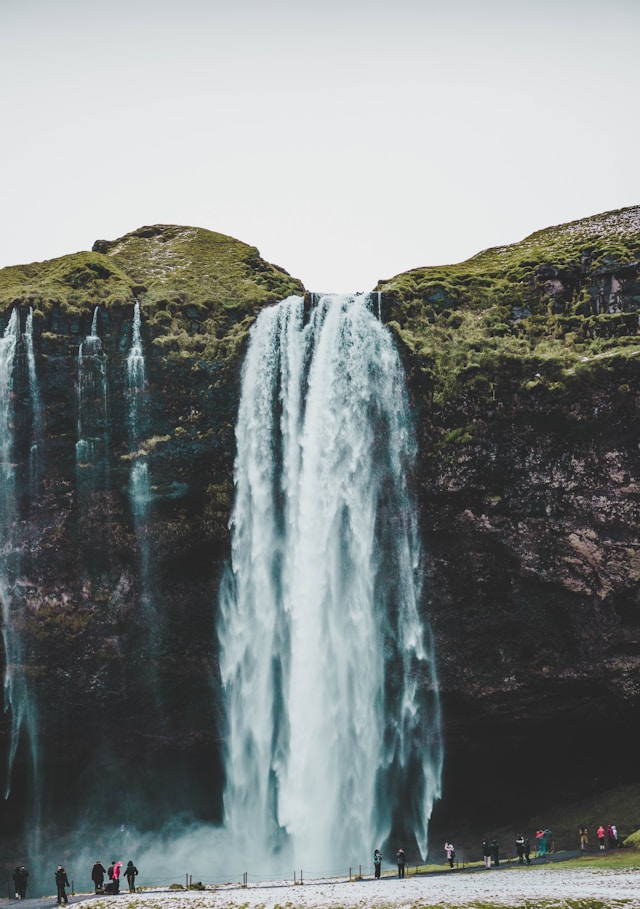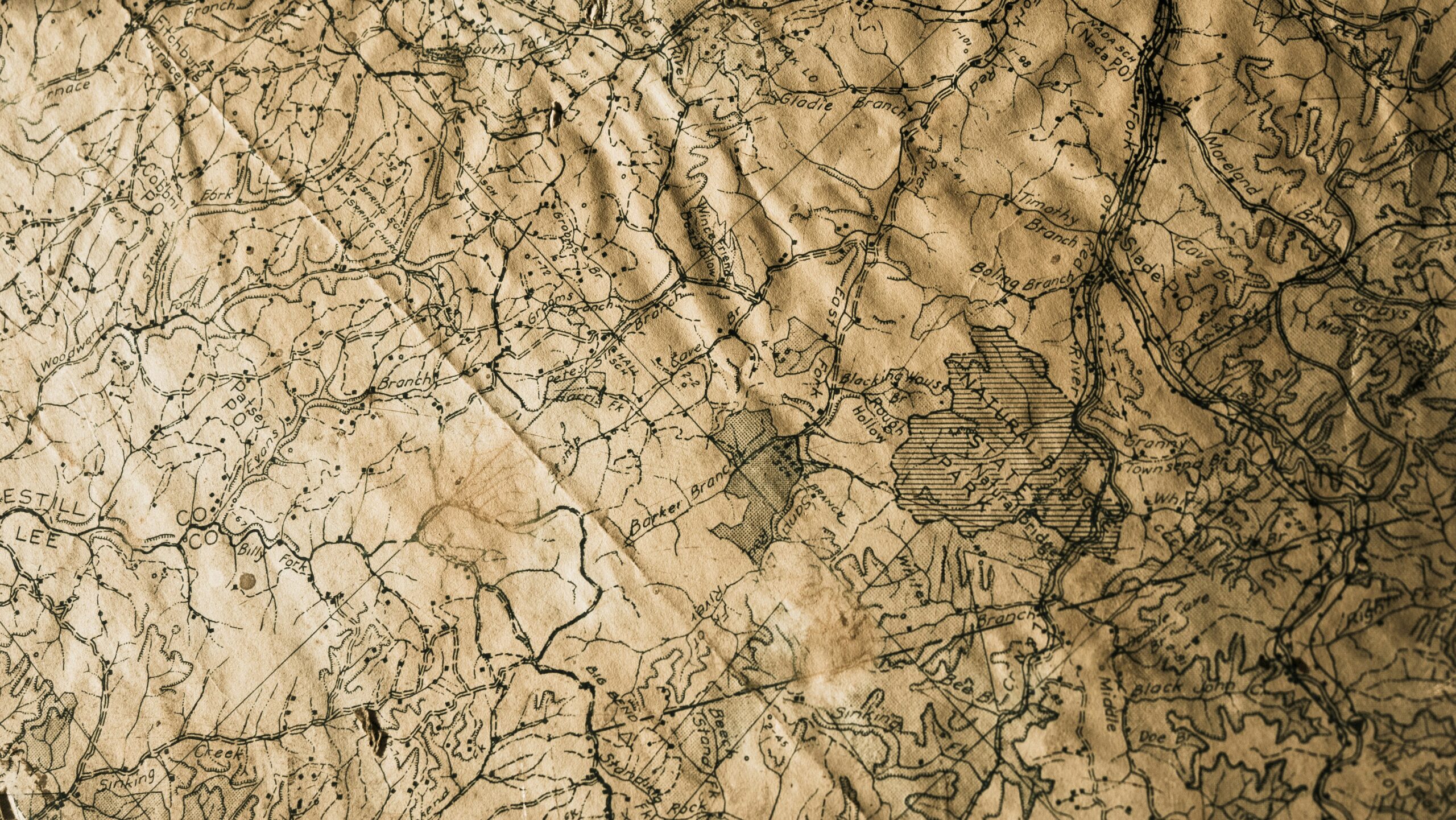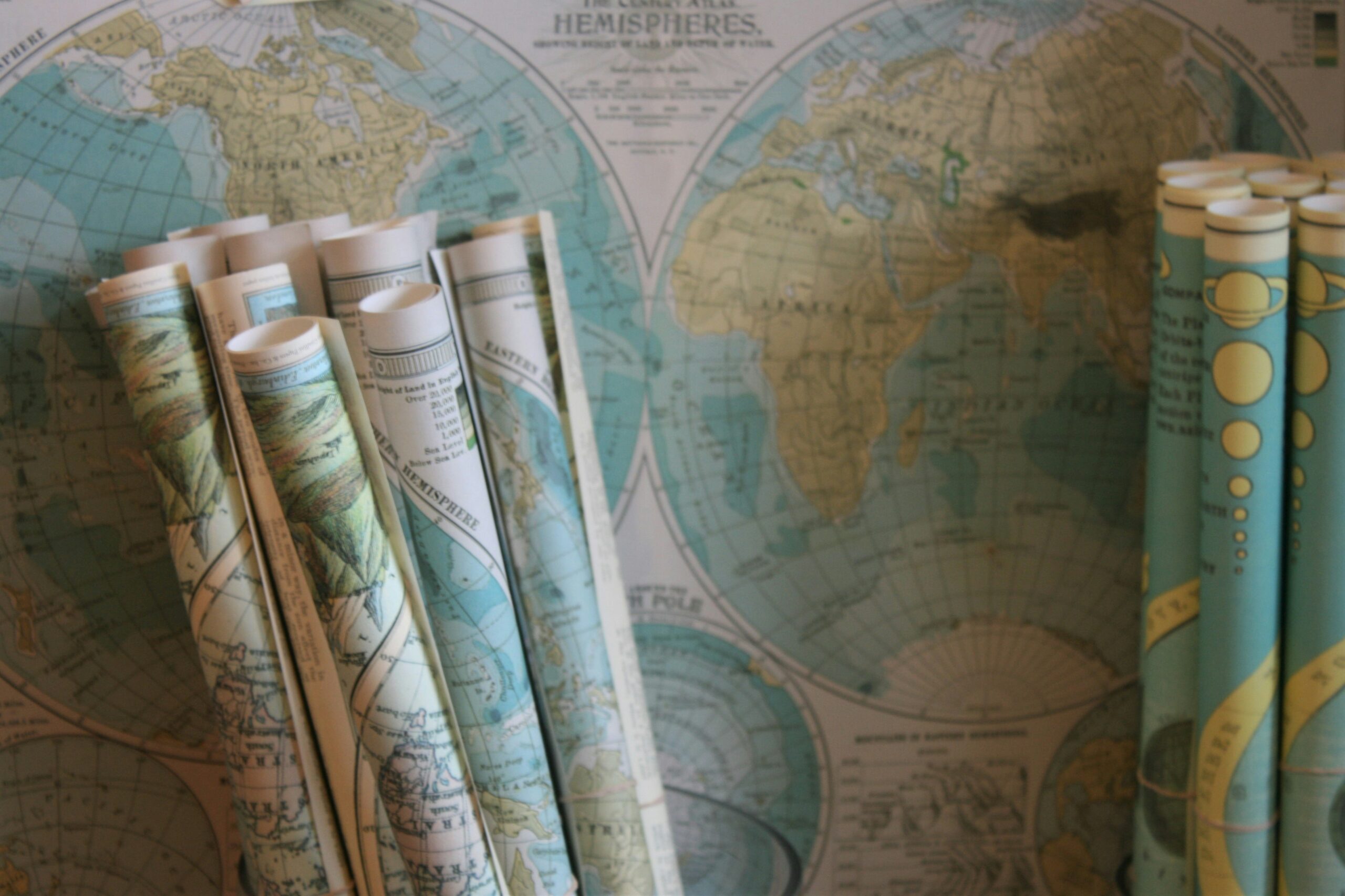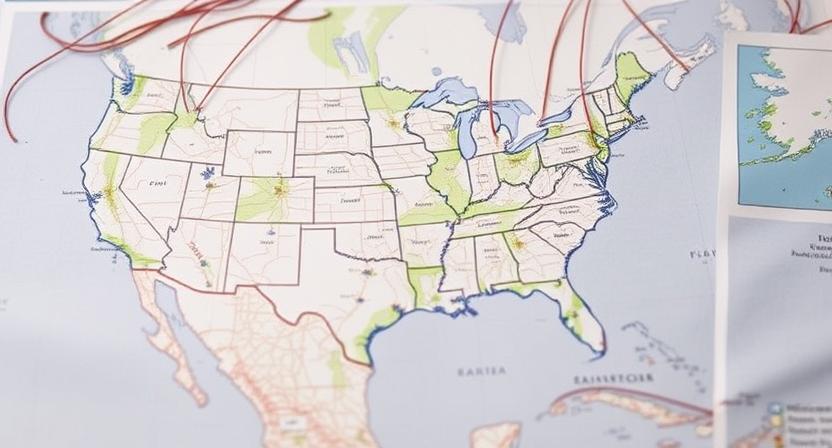
The Role of Erosion in Waterfall Formation
Waterfalls are majestic natural formations that captivate the eye with their beauty and power. The role of erosion in the creation of waterfalls is fundamental to understanding how these striking geological features come into existence. Erosion, the process of wearing away rock and soil through natural forces like flowing water and wind, plays a crucial role in shaping the landscape and giving rise to waterfalls.
As water flows over terrain, it carries with it sediment and debris that gradually erode the rock and earth beneath it. This continuous erosion over time helps to carve out river valleys and create the steep drops that characterize waterfalls. Without the relentless force of erosion sculpting the land, waterfalls as we know them would not exist in their awe-inspiring forms.
• Erosion is a key factor in the formation of waterfalls
• Flowing water carries sediment and debris that erode rock and soil over time
• Continuous erosion helps carve out river valleys and create steep drops found in waterfalls
The Impact of Geological Processes on Waterfall Creation
Waterfalls are a mesmerizing natural phenomenon that are shaped by various geological processes. The underlying bedrock plays a crucial role in determining the formation of waterfalls. Different rock types, such as resistant and easily eroded rocks, interact with the forces of erosion to create unique waterfall features. For example, areas with alternating layers of hard and soft rocks can result in the formation of stair-step waterfalls as softer layers erode faster than harder layers.
Moreover, the presence of faults and fissures in the bedrock can also significantly impact waterfall creation. These geological features provide avenues for water to flow through, leading to the formation of cascades and plunges. As water flows over these fractured areas, it can erode the rock more efficiently, resulting in the development of intricate waterfall shapes. The intricate interplay between different geological processes ultimately shapes the characteristics of waterfalls, making each one a testament to the dynamic forces at work in the Earth’s crust.
• Waterfalls are shaped by various geological processes
• Different rock types interact with erosion forces to create unique waterfall features
• Alternating layers of hard and soft rocks can result in stair-step waterfalls
• Faults and fissures in bedrock provide avenues for water flow, leading to cascades and plunges
• Water flowing over fractured areas can erode rock more efficiently, shaping intricate waterfall shapes
The Importance of Water Flow in Shaping Waterfalls
Water flow plays a crucial role in shaping the magnificent features of waterfalls that captivate our imagination. The volume, speed, and direction of water cascading down rocky cliffs determine the formation and size of waterfalls. The erosive force of flowing water gradually wears away softer rock layers, creating plunging cascades and steep drops that define these natural wonders.
Additionally, the consistency of water flow over time influences the longevity and evolution of waterfalls. Continuous water flow carves out deep plunge pools at the base of falls, adding to their allure and creating habitats for various aquatic species. As water flows relentlessly down a path of least resistance, it sculpts the surrounding landscape, contributing to the unique characteristics of each waterfall that make them a sight to behold.
• Water flow determines the formation and size of waterfalls
• Erosive force of flowing water creates plunging cascades and steep drops
• Consistency of water flow over time influences longevity and evolution of waterfalls
• Continuous water flow carves out deep plunge pools at the base of falls
• Water sculpting surrounding landscape contributes to unique characteristics of each waterfall
The Influence of Tectonic Activity on Waterfall Formation
Tectonic activity plays a crucial role in the formation of waterfalls, shaping landscapes through a series of geologic processes. As Earth’s lithosphere shifts and plates collide or pull apart, dramatic changes occur in the topography that can lead to the creation of waterfalls. The movement of tectonic plates can result in the uplift of land, causing rivers to cut deeper into the rock as they flow downhill, forming steep drops characteristic of waterfalls.
Furthermore, the presence of faults and fractures in the Earth’s crust, a result of tectonic forces at play, can influence the formation of waterfalls. Faults and fissures create pathways for water to flow, sometimes concentrating the flow to create cascades over vertical drops. Tectonic activity not only shapes the initial landscape where waterfalls form but also continues to impact their evolution over time, highlighting the dynamic relationship between geologic processes and the natural features we observe on Earth.
• Tectonic activity causes Earth’s lithosphere to shift and plates to collide or pull apart
• Uplift of land due to tectonic activity can lead rivers to cut deeper into rock, forming waterfalls
• Faults and fractures in the Earth’s crust, influenced by tectonic forces, create pathways for water flow
• Concentrated flow over vertical drops created by faults and fissures contribute to waterfall formation
• Tectonic activity not only shapes initial landscapes but also impacts evolution of waterfalls over time
The Role of Faults and Fissures in the Creation of Waterfalls
Faults and fissures play a crucial role in the creation of waterfalls by creating pathways for water to flow and erode the surrounding rock formations. Faults are fractures in the Earth’s crust where one side has moved relative to the other, leading to the formation of steep cliffs that can eventually become the cascading features of a waterfall. Fissures, on the other hand, are narrow openings or cracks in the rock that can widen over time due to erosion, allowing water to flow more rapidly and sculpt the landscape into stunning waterfall formations.
In areas where faults and fissures are prevalent, waterfalls tend to form more easily as the natural channels created by these geological features guide the water’s path towards lower elevations. The interaction between these structural weaknesses in the Earth’s crust and the erosive power of flowing water results in the spectacular cascades and plunging drops that are characteristic of many waterfall formations around the world.
• Faults create pathways for water to flow and erode surrounding rock formations
• Fissures are narrow openings or cracks in the rock that widen over time due to erosion
• Waterfalls form more easily in areas with prevalent faults and fissures
• Interaction between structural weaknesses and flowing water results in spectacular waterfall formations
The Significance of Different Rock Types in Waterfall Formation
The type of rock that composes the underlying geology plays a crucial role in the formation of waterfalls. Rocks with varying degrees of hardness and resistance to weathering affect the characteristics of waterfalls. For instance, softer rock types erode more rapidly, leading to the creation of cascading waterfalls with gentle slopes. In contrast, harder rock types can form vertical waterfalls with sharp drop-offs, as they are more resistant to erosion.
Additionally, the presence of different rock layers with varying permeability can influence the formation of multiple tiers in a waterfall. Impermeable rock layers can create distinct levels where water accumulates before cascading down, resulting in breathtaking multi-tiered waterfalls. Moreover, the color and texture of rocks can contribute to the aesthetic appeal of waterfalls, adding to their beauty and allure for visitors and researchers alike.
• Softer rock types erode more rapidly, creating cascading waterfalls with gentle slopes
• Harder rock types can form vertical waterfalls with sharp drop-offs due to their resistance to erosion
• Different rock layers with varying permeability can create multiple tiers in a waterfall
• Impermeable rock layers can lead to distinct levels where water accumulates before cascading down, forming multi-tiered waterfalls
• The color and texture of rocks contribute to the aesthetic appeal of waterfalls
The Effect of Climate on Waterfall Development
Climate plays a crucial role in the development of waterfalls. The amount and distribution of precipitation in a region directly impact the flow of water over time, influencing the erosion and shaping of waterfall features. In areas with high levels of rainfall, waterfalls may experience more significant erosion and sculpting, leading to the creation of deep plunge pools and unique rock formations.
Additionally, temperature fluctuations can also affect the formation of waterfalls. In colder climates, the presence of freezing and thawing cycles can lead to the expansion and contraction of rocks, contributing to the breakdown of rock layers and the creation of vertical drops in waterfall cascades. Similarly, warmer climates may experience higher rates of evaporation, altering the water flow dynamics and affecting the overall appearance of waterfalls in the landscape.
• Climate plays a crucial role in the development of waterfalls
• Amount and distribution of precipitation impact water flow and erosion
• High rainfall areas experience more significant erosion and sculpting
• Temperature fluctuations can affect waterfall formation
• Colder climates may have freezing/thawing cycles leading to rock breakdown
• Warmer climates may experience higher rates of evaporation changing water flow dynamics
The Relationship Between Topography and Waterfall Formation
The topography of a region plays a crucial role in the formation of waterfalls. Waterfalls typically occur in areas where there is a sudden change in elevation, such as steep cliffs or rock ledges. The presence of steep slopes and resistant rock layers can lead to the creation of vertical drops where water cascades down, giving rise to magnificent waterfalls. The topographical features of the land determine the path that the water will take as it flows downstream, influencing the size and shape of the waterfall that will form.
Furthermore, the topography of an area can impact the erosional processes that contribute to waterfall formation. In regions with uneven terrain, water can carve out deep channels and gorges as it flows over the landscape. This erosion, combined with the presence of resistant rock formations, can create the perfect conditions for a waterfall to develop. The unique topographical characteristics of an area interact with the erosive forces of water to shape and sculpt the land, resulting in the diverse and majestic waterfalls that we see around the world.
• Steep cliffs and rock ledges are common locations for waterfalls to form
• Presence of resistant rock layers can lead to vertical drops where water cascades down
• Topographical features determine the path that water will take downstream
• Uneven terrain can result in deep channels and gorges being carved out by flowing water
• Erosion, combined with resistant rock formations, creates ideal conditions for waterfall formation
The Formation of Plunge Pools at the Base of Waterfalls
Plunge pools, found at the base of waterfalls, are significant geological features shaped by the erosive force of cascading water. As the waterfall’s water forcefully impacts the pool below, it erodes the bedrock through hydraulic action and abrasion, gradually deepening the pool over time. The swirling action of the water also carries sediments and rock particles, contributing to the excavation of the plunge pool’s basin and sculpting its unique contours.
These plunge pools play a crucial role in the evolution of waterfalls, influencing their height and overall structure. The depth and shape of a plunge pool impact the waterfall’s erosive potential, as deeper pools can accommodate higher volumes of water and facilitate more efficient erosion of the underlying rock. Additionally, the presence of plunge pools affects the aesthetic appeal of waterfalls, creating dynamic landscapes that attract visitors and inspire awe at the intersection of geological processes and natural beauty.
• Plunge pools are geological features formed by the erosive force of cascading water at the base of waterfalls.
• Waterfall’s impact erodes bedrock through hydraulic action and abrasion, deepening the pool over time.
• Swirling water carries sediments and rock particles, contributing to excavation and unique contours of plunge pool basins.
• Depth and shape of plunge pools influence waterfall height and overall structure.
• Deeper pools can accommodate higher volumes of water, facilitating more efficient erosion of underlying rock.
• Presence of plunge pools enhances aesthetic appeal of waterfalls, creating dynamic landscapes that attract visitors.
The Evolution of Waterfalls Over Time
Waterfalls are dynamic geological features that undergo continuous evolution over time. The process of waterfall evolution is influenced by various factors such as erosion, tectonic activity, and climatic changes. As water cascades over a waterfall, it erodes the underlying rock, gradually altering the waterfall’s shape and size. Over time, the constant flow of water can lead to the retreat of the waterfall upstream, forming a gorge or canyon as the waterfall migrates.
Furthermore, tectonic activity plays a crucial role in the evolution of waterfalls. As geological forces shape the Earth’s crust, faulting and folding can impact the formation and development of waterfalls. The uplift of land or the creation of rift valleys can alter the course of rivers and streams, leading to the creation of new waterfalls or the modification of existing ones. The interaction between tectonic processes and erosion influences the overall evolution of waterfalls, shaping the landscape over millions of years.
• Waterfalls are dynamic geological features that evolve over time
• Factors such as erosion, tectonic activity, and climatic changes influence waterfall evolution
• Constant water flow can lead to the retreat of a waterfall upstream, forming gorges or canyons
• Tectonic activity impacts the formation and development of waterfalls
• Geological forces like faulting and folding can alter the course of rivers and streams
The Connection Between River Systems and Waterfall Creation
Waterfalls are striking natural features that often form where rivers encounter changes in the underlying geology and topography of the landscape. As rivers flow over different rock types, such as softer sedimentary layers overlaying harder igneous or metamorphic rocks, erosion processes are set into motion. The varying resistance of these rock layers to the erosive forces of water leads to the creation of step-like structures or sudden drops, which ultimately result in the formation of waterfalls.
The presence of faults and fissures in the underlying rock layers can also play a crucial role in the creation of waterfalls. When rivers intersect these geological features, they are guided along paths of least resistance, carving out deep gorges and narrow channels. This process can intensify the erosive power of the flowing water, leading to the formation of impressive cascades and waterfalls. In this way, the intricate relationship between river systems and the geological features they interact with shapes the unique characteristics of waterfalls found around the world.
• Waterfalls form where rivers encounter changes in geology and topography
• Different rock types cause erosion processes to create step-like structures or sudden drops
• Faults and fissures in rock layers guide rivers along paths of least resistance
• Interacting with geological features intensifies erosive power, leading to impressive cascades
The Influence of Human Activity on Waterfall Formation
Human activity has played a significant role in altering the formation and characteristics of waterfalls around the world. Activities such as mining, deforestation, and construction can greatly impact the natural processes that contribute to waterfall creation. For example, excessive logging in upstream areas can lead to increased sedimentation and reduced water flow, ultimately affecting the formation and longevity of waterfalls downstream. Similarly, the construction of dams and levees can disrupt the natural flow of rivers, causing changes in waterfall features and even leading to their disappearance over time.
Furthermore, pollution from human sources can have detrimental effects on the ecosystems surrounding waterfalls, impacting the flora and fauna that depend on these unique habitats. Chemical runoff from agricultural practices and industrial activities can contaminate the water sources feeding waterfalls, disrupting the delicate balance of these ecosystems. Additionally, littering and improper waste disposal near waterfalls can not only degrade the aesthetic value of these natural wonders but also pose serious threats to the wildlife and vegetation that call these areas home.
• Excessive logging in upstream areas can lead to increased sedimentation and reduced water flow
• Construction of dams and levees can disrupt the natural flow of rivers, causing changes in waterfall features
• Pollution from human sources can contaminate water sources feeding waterfalls
• Chemical runoff from agricultural practices and industrial activities can disrupt ecosystems surrounding waterfalls
• Littering and improper waste disposal near waterfalls degrade the aesthetic value and pose threats to wildlife
The Role of Glaciers in Shaping Waterfall Features
Glaciers play a significant role in shaping waterfall features through their erosive power. As glaciers move, they pick up rocks and debris, acting as powerful tools that carve into the landscape. The immense weight and pressure of the ice cause deep gouges and U-shaped valleys to form, creating the perfect setting for waterfalls to cascade down steep cliffs. These glacier-carved landscapes provide the ideal conditions for dramatic waterfall formations, showcasing the dynamic interaction between ice and water over time.
Furthermore, the retreat of glaciers leaves behind distinctive features that contribute to the formation of waterfalls. As glaciers melt and recede, they leave behind moraines, ridges of till and sediment, which alter the flow of rivers and streams. The deposition of these materials can create natural dams, altering the course of water flow and leading to the development of new waterfall features. The legacy of glaciers in shaping the land sets the stage for the continued evolution of waterfalls, showcasing the enduring impact of these icy giants on our geological landscapes.
• Glaciers carve into the landscape, creating deep gouges and U-shaped valleys
• Glacier-carved landscapes provide ideal conditions for waterfalls to cascade down steep cliffs
• Retreating glaciers leave behind moraines that alter the flow of rivers and streams
• Deposition of materials from glaciers can create natural dams, leading to new waterfall features
• The legacy of glaciers in shaping the land sets the stage for continued evolution of waterfalls
The Geological Significance of Waterfalls in Landscapes
Waterfalls hold a significant geological importance in landscapes, serving as dynamic features that showcase the power of erosion and the influence of water flow over time. Through the relentless process of erosion, waterfalls carve through varying rock types, sculpting the surrounding terrain and creating visually striking natural wonders. The formation of waterfalls is a testament to the constant interaction between geological processes and the flow of water, highlighting the intricate relationship between the Earth’s surface and the forces that shape it.
Furthermore, waterfalls provide valuable insights into the geological history of a region, offering clues about past tectonic activities and the evolution of landscapes over millions of years. As water cascades over steep cliffs and plunges into plunge pools below, it exposes layers of rock that tell a story of the Earth’s complex geological past. By studying the formation and features of waterfalls, geologists can unravel the geological significance of these magnificent landforms and gain a deeper understanding of the processes that have shaped the landscapes we see today.
• Waterfalls showcase the power of erosion and water flow over time
• They carve through varying rock types, sculpting the surrounding terrain
• The formation of waterfalls highlights the interaction between geological processes and water flow
• Waterfalls offer insights into a region’s geological history and past tectonic activities
• By studying waterfalls, geologists can gain a deeper understanding of landscape evolution
The Adaptation of Flora and Fauna Around Waterfalls
Near waterfalls, a unique ecosystem flourishes, showcasing a remarkable adaptation of flora and fauna to the constant mist and moisture. The lush vegetation surrounding waterfalls often includes specialized plant species that can withstand high levels of humidity and intermittent sunlight. Mosses, ferns, and other moisture-loving plants thrive in these moist environments, creating a verdant and diverse landscape.
In addition to the plant life, the fauna around waterfalls also display unique adaptations to their surroundings. Insects, birds, and small mammals have evolved to utilize the resources provided by the waterfall ecosystem. For example, specialized bird species may nest behind the cascading water to protect their young from predators, while insects harness the abundant moisture for their reproductive cycles. The dynamic environment of waterfalls supports a rich diversity of life, showcasing the resilience and adaptability of organisms to challenging habitats.
• The lush vegetation surrounding waterfalls often includes specialized plant species
• Mosses, ferns, and other moisture-loving plants thrive in moist environments
• Fauna around waterfalls display unique adaptations to their surroundings
• Specialized bird species may nest behind the cascading water for protection
• Insects harness abundant moisture for reproductive cycles
• Waterfall ecosystem supports a rich diversity of life
The Cultural Importance of Waterfalls in Various Societies
Waterfalls have long held a special place in the hearts and minds of various societies around the world. In many cultures, waterfalls are seen as sacred sites, embodying a sense of awe and wonder. They are often considered to be symbols of power, strength, and natural beauty, inspiring poets, artists, and musicians alike. For example, in some indigenous communities, waterfalls are believed to be inhabited by powerful spirits and are revered as places of spiritual significance.
Furthermore, waterfalls have been a source of inspiration for folklore, myths, and legends in many societies. Stories often depict waterfalls as mystical places where gods and goddesses reside, or as portals to other realms. In some traditions, waterfalls are associated with rituals and ceremonies that honor the natural world and ancestral spirits. The cultural significance of waterfalls can be seen in the way they are integrated into ceremonies, art, and oral histories, reflecting the deep connection that many societies have with these natural wonders.
• Waterfalls are considered sacred sites in many cultures
• They symbolize power, strength, and natural beauty
• Inspire poets, artists, and musicians around the world
Waterfalls also play a crucial role in the spiritual beliefs of various societies. Many cultures view waterfalls as places where humans can connect with the divine or experience a sense of transcendence. The rushing waters are often seen as purifying and cleansing, both physically and spiritually. Rituals involving waterfalls are common in some traditions, with individuals seeking healing or guidance from these powerful natural phenomena.
Moreover, waterfalls have been depicted in art and literature for centuries as symbols of transformation and renewal. The constant flow of water over the edge represents the cyclical nature of life itself – a reminder that change is inevitable but can also bring growth and new beginnings. This symbolism is reflected in stories from different cultures that feature characters undergoing trials or challenges near waterfalls only to emerge stronger and wiser on the other side.
In conclusion, waterfalls hold a special place in the cultural heritage of societies worldwide. Their significance goes beyond their physical beauty to encompass spiritual beliefs, artistic inspiration, and symbolic meaning. Whether viewed as mystical portals or sources of renewal, waterfalls continue to captivate our imagination and remind us of the profound connection between humanity and nature.
The Economic Benefits of Waterfalls as Tourist Attractions
Waterfalls hold a unique allure for tourists seeking awe-inspiring natural wonders to explore. The majestic beauty and raw power of water cascading down rocky cliffs draw visitors from around the world, leading to significant economic benefits for local communities. Tourists often flock to waterfall sites, boosting revenue for nearby businesses such as hotels, restaurants, and souvenir shops. In addition, the influx of tourists creates jobs in the tourism industry, providing employment opportunities for local residents and stimulating economic growth in the region.
The tourism industry surrounding waterfalls not only generates revenue for businesses but also contributes to the preservation and conservation of these natural landmarks. As tourists visit waterfalls, they develop a greater appreciation for the environment and the need to protect these fragile ecosystems. This increased awareness often leads to funding for conservation efforts and protection measures to ensure the long-term sustainability of waterfall sites. By promoting responsible tourism practices and highlighting the value of natural landscapes, the economic benefits of waterfalls as tourist attractions also contribute to the preservation of these geological wonders for future generations to enjoy.
• Tourists flock to waterfall sites, boosting revenue for nearby businesses
• Creates jobs in the tourism industry, providing employment opportunities for local residents
• Stimulates economic growth in the region
• Tourism industry generates revenue for businesses
• Contributes to preservation and conservation of natural landmarks
• Leads to funding for conservation efforts and protection measures
By promoting responsible tourism practices and highlighting the value of natural landscapes, the economic benefits of waterfalls as tourist attractions also contribute to the preservation of these geological wonders for future generations to enjoy.
The Conservation Efforts Needed to Protect Waterfalls
One of the key conservation efforts required to protect waterfalls is the implementation of regulations and policies that limit human impact on these natural wonders. By establishing designated areas for visitors and enforcing rules against littering and pollution, we can safeguard the delicate ecosystems surrounding waterfalls. Additionally, promoting responsible tourism practices and educating the public on the importance of preserving these pristine environments are essential steps in ensuring the long-term protection of waterfalls.
Another crucial aspect of conservation efforts for waterfalls is the restoration of degraded areas and habitats. Through reforestation initiatives, erosion control measures, and habitat restoration projects, we can help rehabilitate the areas surrounding waterfalls that have been negatively impacted by human activities. By restoring the natural balance of these ecosystems, we can protect the biodiversity of plants and animals that depend on waterfalls for their survival.
• Implement regulations and policies to limit human impact on waterfalls
• Establish designated areas for visitors and enforce rules against littering and pollution
• Promote responsible tourism practices and educate the public on the importance of preservation
• Restore degraded areas and habitats surrounding waterfalls
• Initiate reforestation projects, erosion control measures, and habitat restoration efforts
• Protect biodiversity of plants and animals dependent on waterfall ecosystems
The Future of Waterfall Formation in a Changing Climate
As our climate continues to undergo unprecedented changes, the future of waterfall formation is facing new challenges. Shifts in temperature patterns, precipitation levels, and extreme weather events are expected to impact the dynamics of waterfall creation. These alterations in the environment could potentially lead to variations in water flow, erosion rates, and overall landscape development surrounding waterfalls.
Furthermore, the changing climate may also influence the longevity and stability of waterfalls. Increased instances of severe weather conditions, such as intense rainfall or prolonged droughts, could accelerate erosion processes or alter the natural equilibrium of waterfall features. As a result, the sustainability and preservation of waterfalls in the face of climate change will require careful monitoring, research, and conservation efforts to mitigate any detrimental effects on these geological formations.
• Waterfall formation is facing new challenges due to climate change
• Shifts in temperature patterns and precipitation levels may impact waterfall creation
• Extreme weather events could lead to variations in water flow and erosion rates
• Changing climate may influence the longevity and stability of waterfalls
• Severe weather conditions could accelerate erosion processes or alter natural equilibrium of waterfall features
• Sustainability and preservation efforts will be crucial for mitigating detrimental effects on waterfalls
The Aesthetic Value of Waterfalls in Geological Studies
Waterfalls are not only geological wonders but also hold immense aesthetic value in the realm of geological studies. Their cascading waters, towering heights, and surrounding landscapes captivate the human eye, inspiring artists, poets, and geologists alike. The sheer beauty and power of waterfalls have fascinated people throughout history, leading to their depiction in countless paintings, photographs, and literary works.
The intricate interplay between light and water in a waterfall’s descent creates a mesmerizing spectacle that transcends mere physicality, evoking emotions of wonder and awe. From the graceful veil-like flow of a bridal veil waterfall to the thunderous roar of a plunging cascade, each type of waterfall offers a unique aesthetic experience that enriches our understanding of geological formations and processes. The aesthetic value of waterfalls in geological studies goes beyond mere visual appeal, serving as a source of inspiration and contemplation for those who seek to unravel the mysteries of the Earth’s dynamic landscapes.
• Waterfalls are geological wonders with immense aesthetic value
• Their cascading waters, towering heights, and surrounding landscapes captivate the human eye
• The beauty and power of waterfalls have fascinated people throughout history
• Depicted in countless paintings, photographs, and literary works for their sheer beauty
• The interplay between light and water in a waterfall’s descent creates a mesmerizing spectacle that evokes wonder and awe
• Each type of waterfall offers a unique aesthetic experience that enriches our understanding of geological formations and processes
• Waterfalls serve as a source of inspiration and contemplation for those studying Earth’s dynamic landscapes.






